It used to be so simple. Look down from your perch on the saddle, and if you could spot skinny tyres, traditional caliper brakes and a tiny cassette, the odds were you were riding a road bike.
Add in minimal clearance, sharp angles and a lack of mounts, and you were unlikely to be mistaken for any genre of rider besides roadie. Back before gravel riding existed, bike categories were few, and the boundaries between each were broad and well-defined.
However, things have changed drastically in recent years. With disc brakes, wide-ratio gearing, bolt-thru axles and chunky tyres, the boundaries between road and other categories have become increasingly blurred.
Similarly, whereas being nose-bleedingly aggressive was once a straightforward marketing win for road bikes, many long-standing models are now sold on their versatility.
One bike designer formerly known for making the most aggressive and canonical road bikes is Gerard Vroomen. As the co-founder of Cervélo, his designs helped define the race-focused cycling culture of the first decade of the 21st century. Since then, he’s had stints at 3T and now creates bikes through his company Open Cycle.
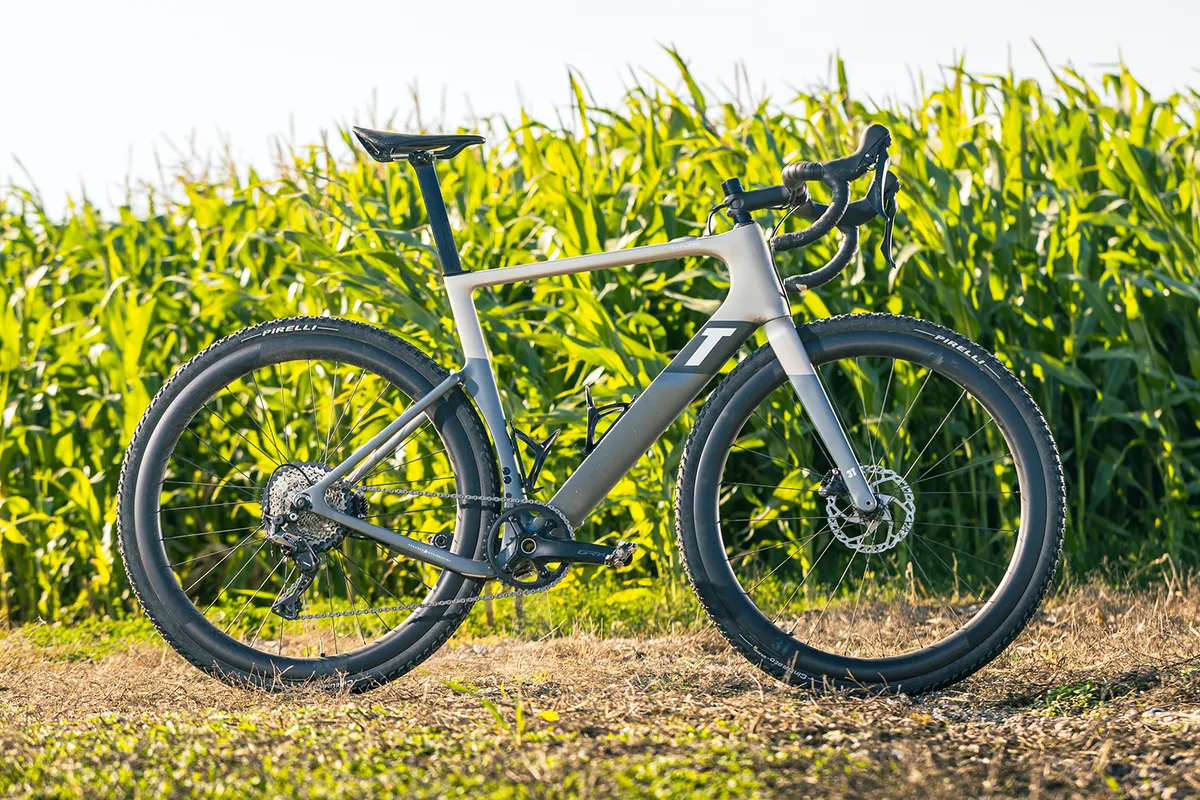
Currently focusing on bikes that prioritise user experience and don’t always fit neatly into traditional categories, Vroomen singles out the advent of disc brakes as the moment everything changed.
“As soon as road bikes got disc brakes, there was such little difference between them and gravel bikes,” says Vroomen.
“Now, what’s a road bike other than a gravel bike without enough tyre clearance? A road bike is rarely significantly lighter. And if it is, it’s only because it lacks the tyres to allow you to go places a road bike can’t. It’s almost as if in improving itself, the road bike killed itself off.”
Where it all started

The advent of road disc brakes also coincided with a change in consumer attitudes.
“Previously, it was win on Sunday and sell on Monday,” says Vroomen regarding the way road bikes were marketed and sold. Road riders were generally inspired by professional racers. So too were the bikes they bought, even if they were often a bad fit for the riding being undertaken.
However, even before gravel bikes or disc brakes became mainstream, the appearance of more endurance road bikes had already nudged the average drop-bar bike closer to its user’s needs.
“Endurance bikes were road bikes but made for normal people,” explains Vroomen. “You had some small tweaks in geometry and a small creep upwards in tyre dimensions.”
Initially a tiny segment of the market, endurance and sportive-focused bikes quickly went mainstream.

This development would help prime the consumer market for more extreme developments later. At the same time, dedicated racing bikes were also edging towards being more capable, a process turbo-charged by the advent of disc brakes. Creating more leeway when designing frames and forks, this coincided with developments in aerodynamics, both of which caused rims and tyres to swell.
Suddenly and almost by accident, many bikes ridden at races such as the Tour de France were capable on loose or gravelly surfaces.
And once you have the capacity, it’s hard not to use it. In recent years, gravel sections have become a feature of many Grand Tours, inspired partly by the popularity of the semi-off-road Strade Bianche race. Neither of these developments would have been possible if the peloton wasn’t already riding bikes capable of taking them on.
A broader spectrum
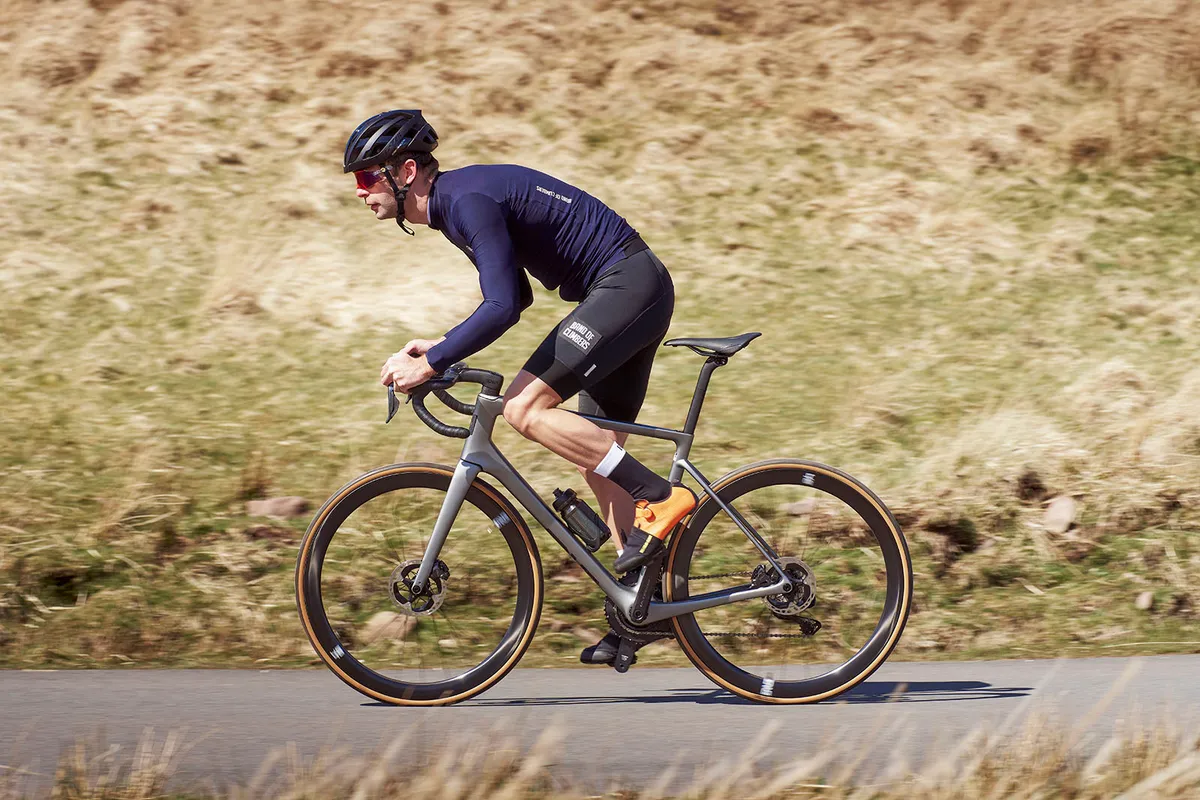
At the same time, trendy gravel segments aside, the average road bike consumer is clearly less focused on attempting to win the Tour de France.
“I look at bikes as existing on a spectrum,” says Vroomen. “At one end, you have the sort of bike you need to win a Grand Tour, and at the other, the type of thing you could use to ride across Mongolia. Most people are somewhere in the middle, and that’s who we should be designing for rather than the more extreme ends of the market”.
Even the fastest road bikes can now incorporate some degree of mixed-surface capability without paying much of a penalty in other areas. Because most bikes have switched to disc brakes, adding a bit of extra clearance isn’t often an issue.
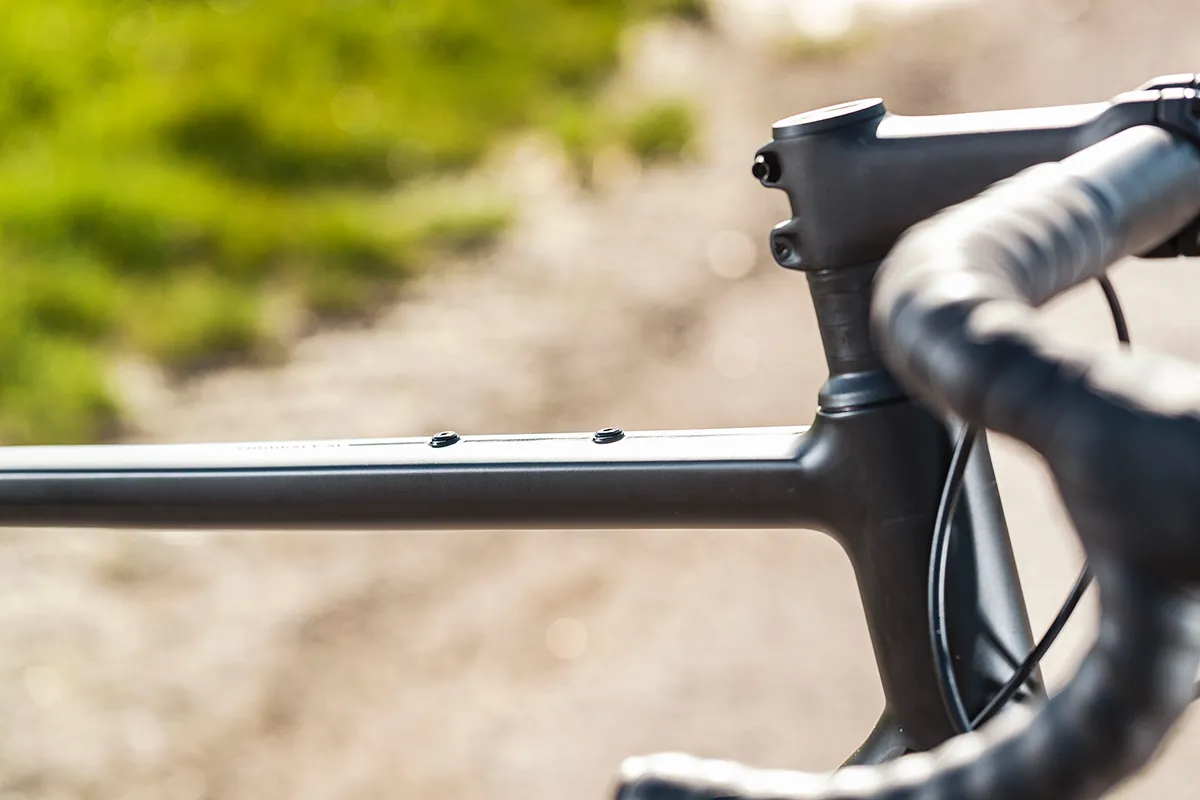
Many other features follow from these design choices. For instance, given the extra space available, there’s the option to include mudguard eyelets, such as those found on ENVE’s Melee race bike, a feature the average roadie is now more inclined to look upon favourably.
Some formerly gravel-specific features are also beginning to crop up on bikes marketed primarily for the road, such as additional sets of bottle bosses or mounts for top tube snack boxes. Just look at the Canyon Endurace for an example.
It helps that the geometry for fast gravel bikes and more sedate road bikes is coalescing around certain norms. It’s again a happy coincidence that the angles that make for a comfortable endurance road bike transfer well to off-road usage. Comfort, for years the most overlooked attribute, is also now higher up road and gravel riders’ list of priorities.
New bikes for new riders
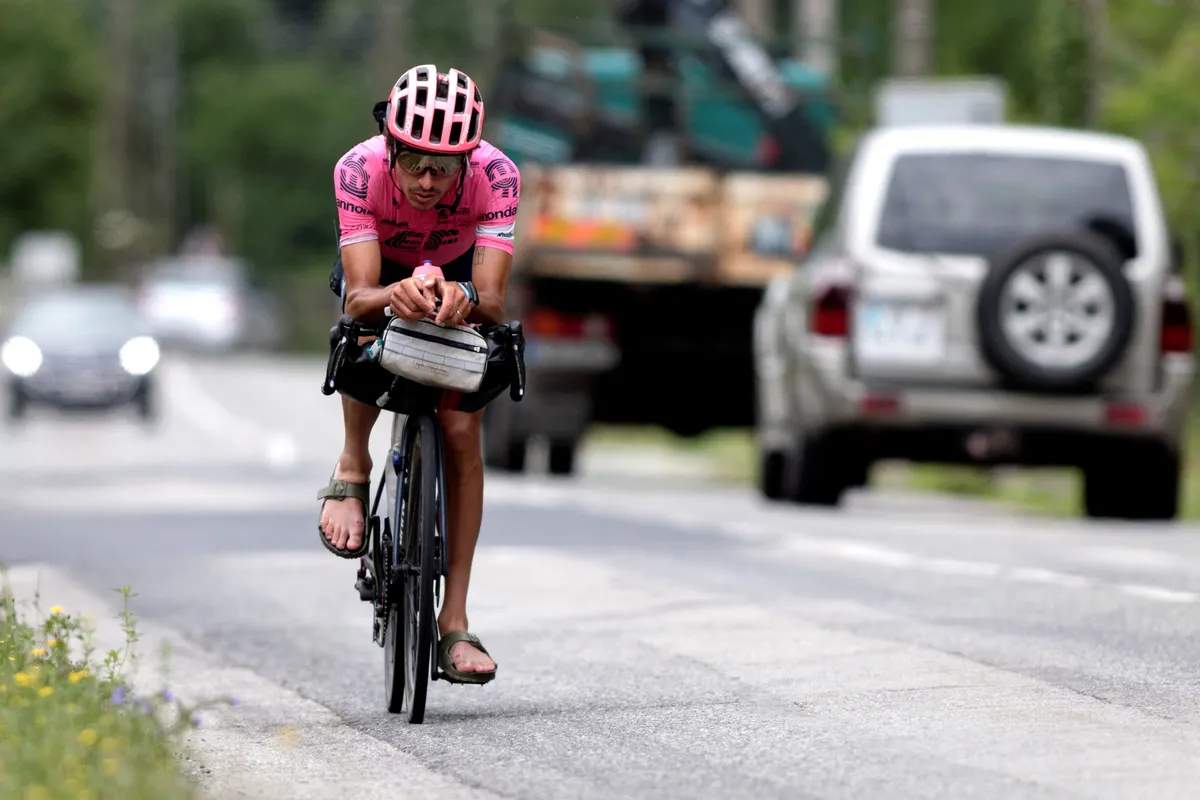
A lot of these changes are being driven by new riders to the sport, who arrive with less baggage compared to those who grew up riding on the road.
“Twenty years ago, the industry thought the only way to reach customers was through pro teams,” explains Vroomen.
Now, the cost of sponsoring a pro team is going up just as their ability to sell bicycles is decreasing. Take how a squad such as EF Education-EasyPost can generate more exposure from the likes of Lachlan Morton riding adventure races than it does from recording wins at WorldTour events.
Nowadays, riders are just as likely to have come to cycling through other sports or a love of nature and exploring. Based in Oslo, Jeff Webb’s company Fara Cycling has benefited from Norway’s well-established outdoor culture.
“Being connected to the outdoors is a huge part of Norwegian culture,” explains Webb. “A quarter of an hour outside of Oslo, you have hundreds of kilometres of roads and trails. We base our brand around that.”
Designed for linking up both, the brand’s best-seller is the F/AR, a quick-handling bike with clearance for tyres up to 38mm. Designed to be fun on paved and unpaved surfaces alike, it’s the sort of bike Webb thinks most riders would benefit from choosing if they only had space for one.
“It’s basically a road bike with much bigger clearance,” says Webb. This idea of a bike that would be recognisable to road cyclists but still capable on unpaved tracks is an increasingly popular concept.
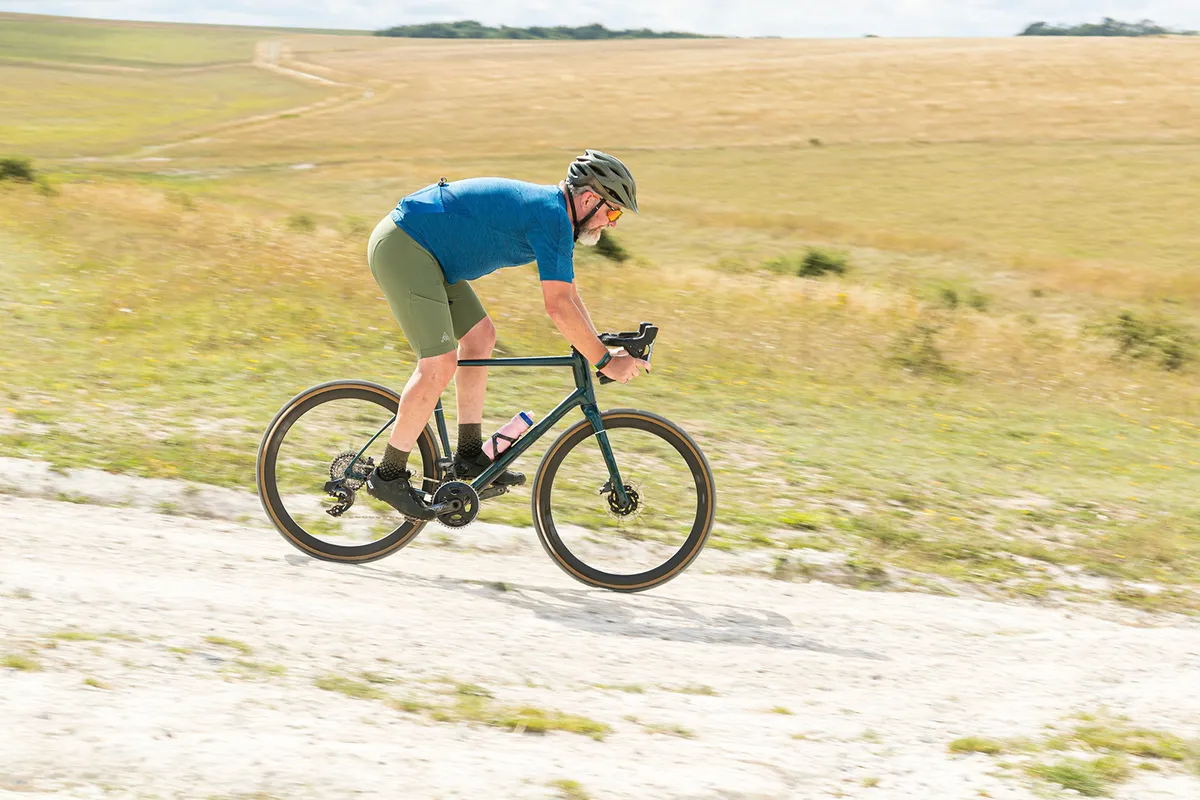
Since it released the F/AR, Fara Cycles has expanded, launching the more off-road capable F/GR, along with the road-focused F/RD. Having built its success around a non-traditional design, some features made their way between formats and now feature on Fara’s road bike. These include the integrated storage box that sits within the frame’s front triangle.
“A large part of Scandinavian design is practicality,” says Webb. “To make things overly complicated is not part of that ethos.” This means even though the firm’s road bike aims to be aerodynamic, it doesn’t do so at the expense of user-friendly features in terms of servicing and versatility, according to Webb.
This emphasis on practicality – be it mudguard eyelets, wide tyre clearances or additional frame storage – over marginal gains is partly a result of the changing demographic of cycling, Webb says, and a different emphasis on what a drop-bar bike is ultimately to be used for.
“The people cycling now are not the exact same group who were cycling a decade ago,” adds Webb.
“A lot of these people didn’t grow up watching the Tour de France or shaving their legs and competing in local races. Many of our customers came to cycling through an interest in hiking or running. They expect things to work and are more focused on getting to their destination with minimal hassle.”
Where does the road lead?
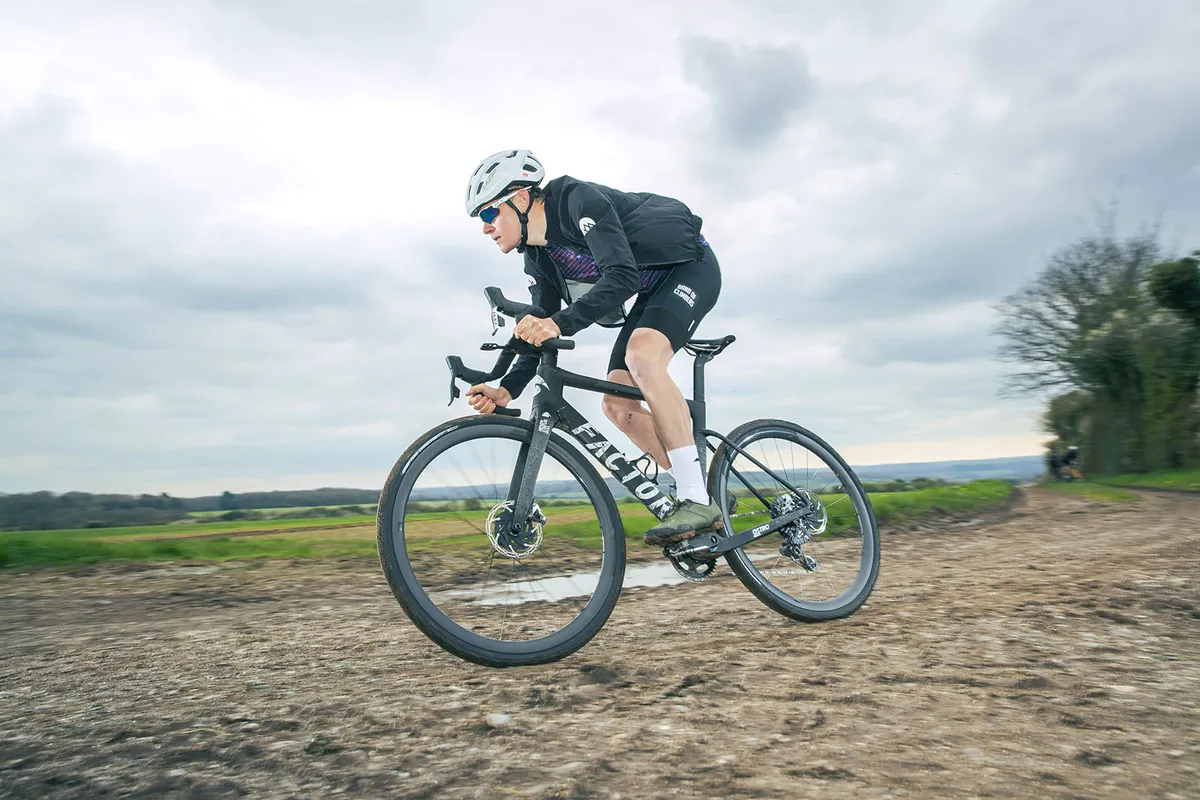
With these new riders having fewer preconceived ideas of what constitutes a road bike, manufacturers are freer in their design choices. As evidenced by the growing numbers of non-traditional bikes on the market, it seems most people’s idea of a road bike now includes more versatile designs.
It’s telling that Webb isn’t massively keen on the term gravel to describe the bikes he designs. Preferring to see his off-road capable bikes as essentially road bikes with enhanced abilities, they’re increasingly the sort of machines that appeal to the mass market.
So, while a bike such as the Fara F/AR might be described as ‘gravel’, ‘all-road’ or ‘adventure-ready’, Webb is insistent it’s fundamentally still a road bike.
“Besides the massive tyre clearance, the way you sit on it, the geometry and the way it rides is all road bike,” says Webb.
“It’s a bike that can take you to a lot of places. And, if you want, bring your tent and your sleeping bag with you. At the same time, if you want to join a Sunday morning group ride on the road, you’re not going to feel out of place.”

Unsurprisingly, this idea of a single bike covering all your needs is massively popular with consumers. In fact, unless you’re an elite-level racer, the idea of owning multiple drop-handlebar bikes for several marginally different disciplines is increasingly outdated.
Like Vroomen, Webb pinpoints the widespread uptake of disc brakes as the moment the established order of things started to collapse.
“The advent of disc brakes saw a lot of people taking the opportunity to switch their bike for something more capable,” says Webb. “I think when that happened, many people realised that one bike was all they needed.”
“If you want to win the Tour de France, you still need a dedicated road bike,” says Vroomen.
“But this whole section of people in the middle is now better served by a performance gravel bike. Ten years ago, you didn’t have much choice; now that’s been tossed out the window. The idea of a single bike that lets you do everything presents a great opportunity for cycling to grow and appeal to more people.”
The greatest happiness for the greatest number
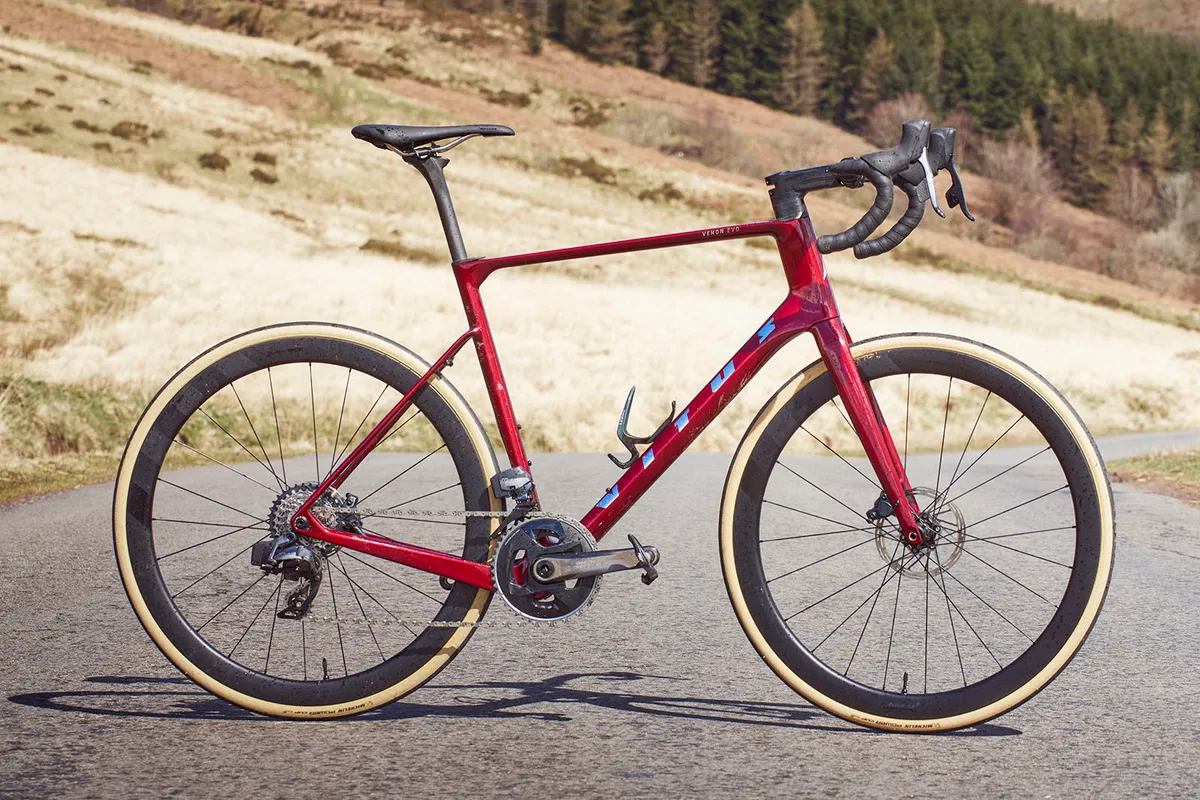
The endpoint of all this revaluation is neatly encapsulated in BikeRadar’s Bike of the Year for 2023.
Our reviewer concluded Vitus’ multi-talented Venon Evo provided “lightness and handling that would appeal to racers, year-round readiness for serious all-weather enthusiasts, and versatility to appeal to riders who want to switch it up between road and gravel”.
In doing so, and as a bike offered in both road and gravel builds, it neatly captured the current design zeitgeist.
“The goal in creating the Venon was to design a bike that took the race performance learnings and looks from our aero and lightweight racing bikes, but tailor them into a versatile package that catered for more of your everyday road rider,” explains Jodie Shann, senior product manager at Vitus.
Although the Venon Evo will happily take on gravel rides and can accept 45m-wide tyres, this isn’t its sole focus. In fact, we were happy to give it the additional title of Road Bike of the Year based on its qualities when applied to the tarmac, with our reviewer impressed by its ability to “be all things to all riders”.

This ability to double up efficiently comes from the fortunate crossover of multiple segments. Essentially, it’s possible to make a fast gravel bike that’s also a capable general-purpose road bike without much compromise.
“Gravel has clearly had an influence on the endurance road sector,” says Shann. “This category was always about performance looks, but with more comfort through design and geometry changes.
“This allowed a more comfortable riding position and things like the benefit of bigger volume tyres. The direction was similar to the demands of people who were either racing gravel or coming at gravel from a roadie’s perspective, where speed is important.”
So, is this the shape of road bikes to come? For his part, Shann believes the days of the endurance road segment are all but numbered. Instead, all-road bicycles, such as the Venon, will become the norm.
In many ways, versatile road bikes with a gravel-capable sideline are meeting many of the same needs, while adding some fun additional off-road capacity to keep things fresh.
“Unless you’re racing or doing fast club chain gangs, then an aggressive geometry and super-stiff frame seen on most aero race bikes aren’t going to be as much fun as a bike that’s ultimately more comfortable to ride,” says Shann.
“And if it’s more comfortable to ride, chances are it’s also going to be faster. Throw in the added benefit of having the ability to expand the possibilities of where you ride your bike, and it’s hard to see an argument against it.”
Offering a bit more

One result of being able to wear multiple hats is you’ll often find endurance road bikes ready for light off-road use right out of the box.
This is the case with Cannondale’s long-established Synapse line, which has slowly increased its tyre clearance over the years. The latest version of the Synapse is now focused less on the demands of pros at Paris-Roubaix, and more on the everyday needs of everyday riders, according to Cannondale.
Beyond a range of standard road builds, the Synapse now also comes in a build featuring a gravel-focused Shimano GRX groupset and 30mm WTB Exposure tyres.
“Gravel comes in all shapes and sizes,” explains David Devine, senior product director at Cannondale.
“I spent last weekend at the Unbound gravel race, where you’ll want a pretty wide tyre. But take it somewhere like Boulder, Colorado, where you don’t need really wide tyres, and the Synapse will make a great dirt road bike. It works anywhere you frequently mix pavement and dirt roads, but without the big rocks.”
Devine sees terrain as key to the success or otherwise of this style of bike. In his reckoning, whether or not gravel eats into the endurance bike sector depends on the local conditions and, with it, the demands of the rider.

“It really depends on the geography,” he says. “In some places, we’ve seen a widening gap between race bikes and gravel bikes, leaving less room for endurance in between. In some locales, endurance strikes the perfect balance for the terrain.
Yet even if you stick to the tarmac, you’ll find the Synapse now sports features inspired by off-road riding, with the influence of gravel applied to one of the most canonical of endurance road bikes.
“At a basic level, gravel bikes helped move drop bar-oriented riders’ perceptions of how their bikes could be ridden,” says Devine.
“From there, we adjusted the bikes to how they might be used. An example of this would be our endurance bikes. Prior to gravel becoming popular, they fit about a 28mm tyre and had a stripped-down and race-oriented aesthetic.
"Today we ship an endurance bike with clearance for 36mm tyres and mounts on the top tube. So you’ll find increased versatility and capability where our definition changed based on how gravel pushed people's imagination.”
The new normal

So, where does all this leave the traditional racing-style road bike? While they’re likely to retain their spot in the front of most manufacturers’ catalogues for the time being, it may be that the out-and-out racing bike becomes something of a niche product for many riders.
Still, before roadies stage a revolt, it’s worth noting that the influence of gravel is only ever likely to extend so far.
“Gravel has no influence on our aero race or lightweight race bikes, and I personally don’t see this changing,” says Shann. “These remain highly technical bikes with very specific functions. Gravel features would lead to sacrifices in other elements that are critical to the performance of these bikes.”
At the same time, it’s been more than a decade since most road bikes were designed predominantly for racing. Seen like this, an enhanced degree of versatility is just another way to reflect the interests of their users.
“There’s always going to be a place for super-stiff, super-fast road race bikes,” adds Shann, even if those bikes do now gain a versatile string to their bow compared to the narrow-tyred race bikes of a decade ago.
“However, in my opinion, all-road bikes are a much better choice for enthusiast road riders who don’t race.”

Now less beholden to what’s ridden in the WorldTour, what people expect from their bike is increasingly something versatile, fun and centred on the needs of its user.
Are we headed towards an apocalyptic road versus gravel grudge match? Probably not. It’s very unlikely one genre will ever kill off the other. As long as riders are passionately interested in pursuing any discipline to its extreme, bike makers will produce machines to help them do so.
Instead, whether we decide to describe them as road, gravel, or something else entirely, the average drop-handlebar bike will continue shifting further away from being constrained by any single label.
